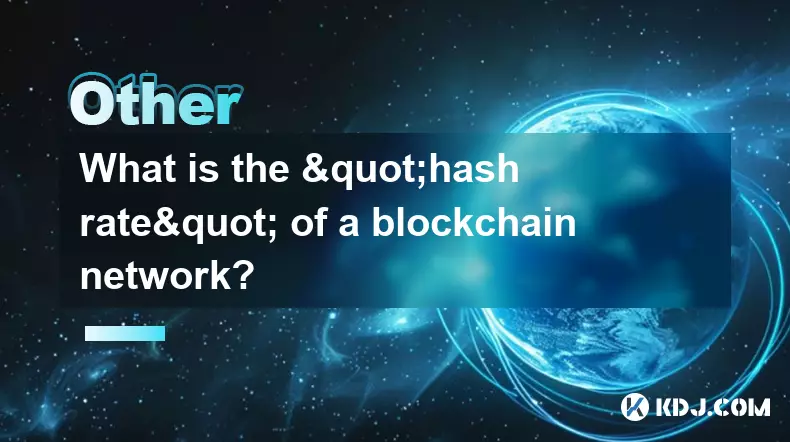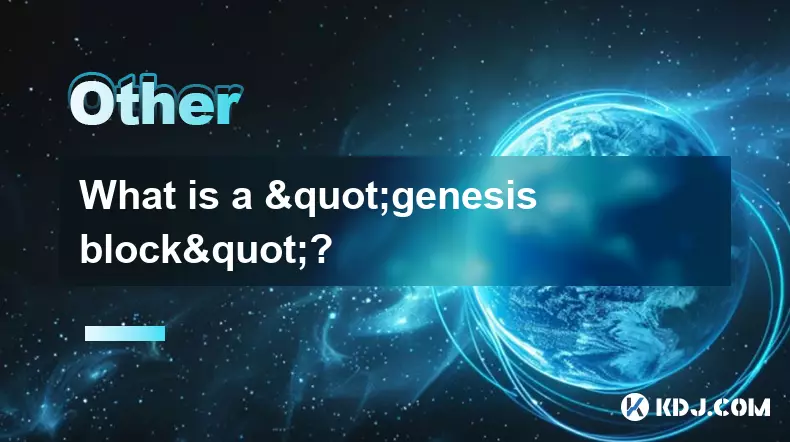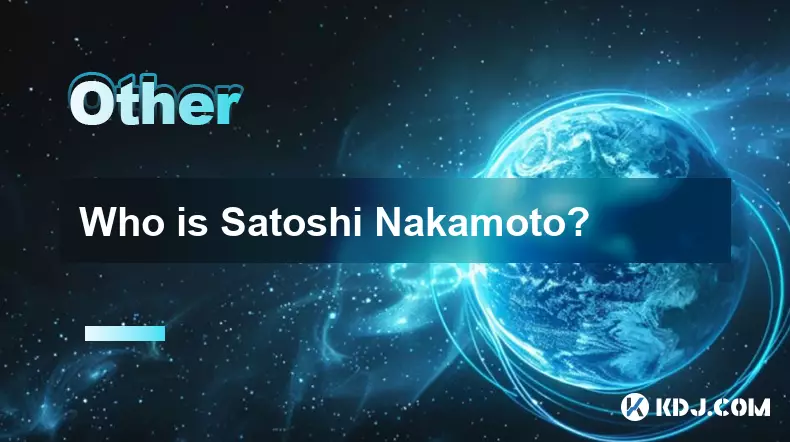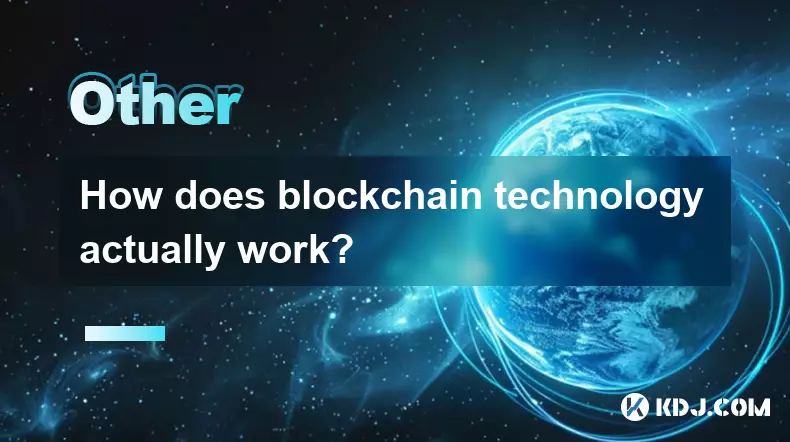-
 bitcoin
bitcoin $107015.826941 USD
-2.18% -
 ethereum
ethereum $3637.352324 USD
-5.18% -
 tether
tether $0.999831 USD
-0.02% -
 xrp
xrp $2.338078 USD
-6.23% -
 bnb
bnb $998.272150 USD
-6.97% -
 solana
solana $167.598257 USD
-10.12% -
 usd-coin
usd-coin $0.999863 USD
0.01% -
 tron
tron $0.282573 USD
-5.09% -
 dogecoin
dogecoin $0.169891 USD
-7.39% -
 cardano
cardano $0.557554 USD
-7.03% -
 hyperliquid
hyperliquid $39.914802 USD
-5.85% -
 chainlink
chainlink $15.414549 USD
-9.97% -
 bitcoin-cash
bitcoin-cash $510.361911 USD
-4.26% -
 ethena-usde
ethena-usde $0.999194 USD
-0.03% -
 stellar
stellar $0.282092 USD
-6.07%
Can data on a blockchain be deleted?
Blockchain immutability ensures data cannot be altered or deleted once recorded, maintaining trust and transparency in decentralized networks like Bitcoin and Ethereum.
Aug 05, 2025 at 04:00 am

Understanding Blockchain Immutability
The core principle behind most blockchain systems is immutability, which means that once data is recorded onto the blockchain, it cannot be altered or erased. This feature is fundamental to the trust and security of decentralized networks. Every transaction or data entry is cryptographically linked to the previous block, forming a chain that resists tampering. If someone attempts to modify a single record, it would require changing every subsequent block across all nodes in the network, a task that is computationally infeasible in well-established blockchains like Bitcoin or Ethereum.
This immutability ensures transparency and auditability, making blockchain ideal for applications such as financial ledgers, supply chain tracking, and digital identity. The idea that data cannot be deleted is not a flaw but a deliberate design choice. Even if a user regrets a transaction—such as sending cryptocurrency to the wrong address—there is no mechanism within the protocol to reverse or erase it. The transaction remains permanently visible on the public ledger.
Distinguishing Between Public and Private Blockchains
While public blockchains like Bitcoin and Ethereum enforce strict immutability, private or permissioned blockchains may offer different levels of control. In enterprise environments, organizations sometimes use private blockchains where a central authority or consortium governs the network. These systems may allow for data redaction or deletion under specific governance rules.
For example, a company using Hyperledger Fabric might implement policies that enable administrators to remove sensitive data under compliance requirements such as GDPR. However, this capability comes at the cost of decentralization and trustlessness. The ability to delete data undermines the core value proposition of blockchain in public settings. Therefore, even in private blockchains, any data removal is typically logged, and the original record may still exist in archived or audited forms.
How Data Is Stored and Referenced on a Blockchain
It's important to clarify what 'data' means in the context of blockchain. Most blockchains do not store large files directly on-chain. Instead, they record hashes or pointers to external data. For instance, a document might be stored off-chain in a decentralized storage system like IPFS, and only its cryptographic hash is written to the blockchain. This hash serves as a unique fingerprint that verifies the document’s integrity.
If the original file is deleted from IPFS, the hash remains on the blockchain, but the actual content becomes inaccessible. From a practical standpoint, the data is effectively gone, though the reference persists. This distinction is crucial: the blockchain itself does not store the file, so deleting the file externally does not violate blockchain immutability. The ledger still truthfully records that a document with a certain hash once existed.
Soft Forks and Chain Reorganizations: Limited Data Modification
In rare cases, blockchain networks undergo chain reorganizations or soft forks that can alter the perception of recorded data. A soft fork is a backward-compatible protocol upgrade that invalidates previously valid blocks. While this doesn’t erase data, it can render certain transactions non-recognized by the updated network rules.
For example, if a vulnerability is exploited and malicious transactions are confirmed, developers might propose a soft fork to blacklist those transactions. Nodes that adopt the new rules will ignore the affected blocks, effectively making the data irrelevant. However, the original data still exists in the blockchain history for nodes that did not upgrade. True deletion does not occur; instead, consensus shifts to exclude certain entries from future validation.
Another example is the Ethereum DAO fork in 2016, where a hard fork was implemented to reverse fraudulent transactions. This resulted in two chains: Ethereum (ETH) and Ethereum Classic (ETC). The ETH chain removed the disputed transactions, but ETC preserved the original, unaltered history. This illustrates that 'deletion' is not absolute—it depends on which chain participants recognize.
Legal and Regulatory Challenges with Immutable Data
Regulations like the General Data Protection Regulation (GDPR) in the European Union grant individuals the 'right to be forgotten,' which conflicts with blockchain’s immutability. Storing personal data directly on a public blockchain may violate these laws because the data cannot be deleted upon request.
To comply, developers use techniques such as zero-knowledge proofs or off-chain storage. Personal information is either encrypted, hashed, or stored externally, with only non-sensitive references on-chain. Some systems implement data expiration mechanisms where access keys are destroyed after a period, rendering the data unreadable. While the data remains on the blockchain, it becomes functionally inaccessible, offering a compromise between regulatory compliance and technical constraints.
Practical Steps to Handle Unwanted On-Chain Data
If data has been accidentally published on a blockchain, the following measures can mitigate exposure:
- Avoid publishing sensitive data directly on-chain. Always verify what information is being submitted in transactions.
- Use encryption before storing any data. Even if the data is permanent, only authorized parties with the decryption key can access it.
- Store large or sensitive data off-chain using services like IPFS or Filecoin, and record only the hash on the blockchain.
- Implement smart contract access controls to restrict who can view or interact with on-chain data.
- Monitor transactions before confirmation using tools like Etherscan or Blockchain.com to catch errors early.
While these steps do not delete data, they reduce the risk and impact of permanent exposure.
Frequently Asked Questions
Can a blockchain node operator delete data from their copy of the ledger?No. Even if a node operator deletes their local copy of the blockchain, the data persists on thousands of other nodes across the network. The decentralized nature ensures redundancy, making individual deletion meaningless.
Is it possible to overwrite data on a blockchain?Overwriting is not supported. Each block is cryptographically secured. Any attempt to alter data changes the block’s hash, breaking the chain and causing the network to reject it.
What happens if a private key is exposed on a blockchain?If a private key is recorded on-chain, it remains visible forever. The associated wallet should be considered compromised. Users must transfer funds to a new wallet immediately and never reuse the exposed key.
Can governments force blockchain networks to delete data?Governments cannot directly delete data from decentralized blockchains. They may regulate access or penalize participants, but the technical architecture resists centralized control. Compliance is achieved through design, not enforcement.
Disclaimer:info@kdj.com
The information provided is not trading advice. kdj.com does not assume any responsibility for any investments made based on the information provided in this article. Cryptocurrencies are highly volatile and it is highly recommended that you invest with caution after thorough research!
If you believe that the content used on this website infringes your copyright, please contact us immediately (info@kdj.com) and we will delete it promptly.
- Backend-for-Frontend, Token Theft, and Security: Navigating the Treacherous Waters of Modern Web Apps
- 2025-11-05 05:10:01
- Crypto Carnage: Bitcoin's $200B Wipeout – What's Next?
- 2025-11-05 04:30:16
- Sequans, Bitcoin, and Debt Reduction: A NYC Perspective on a Bold Move
- 2025-11-05 03:50:12
- XRP Price Wobbles: Death Cross Looms as Ripple Token Navigates Choppy Waters
- 2025-11-05 04:10:01
- Altcoins, Perpetual Tokens, and ETH Price: Navigating the Crypto Current
- 2025-11-05 03:55:01
- Tether's Triumph: $10 Billion Profits and a Treasury Milestone
- 2025-11-05 03:55:12
Related knowledge

What is a block explorer and how do you use it?
Oct 24,2025 at 12:36am
What Is a Block Explorer?1. A block explorer is a web-based tool that allows users to view and analyze data on a blockchain network in real time. It f...

What is the "hash rate" of a blockchain network?
Oct 10,2025 at 03:55pm
Understanding Hash Rate in Blockchain Networks1. The hash rate refers to the total computational power being used to process transactions and mine new...

What is a "genesis block"?
Oct 15,2025 at 07:55pm
Understanding the Genesis Block in CryptocurrencyThe genesis block is the very first block in a blockchain network. It serves as the foundation upon w...

Who is Satoshi Nakamoto?
Oct 15,2025 at 01:01pm
Who is Satoshi Nakamoto?1. Satoshi Nakamoto is the pseudonymous individual or group credited with creating Bitcoin, the first decentralized cryptocurr...

How does blockchain technology actually work?
Oct 11,2025 at 02:36pm
Understanding the Core Mechanism of Blockchain1. At its foundation, blockchain is a decentralized digital ledger that records transactions across mult...

What is a token economy?
Sep 20,2025 at 12:18am
Understanding the Foundations of a Token Economy1. A token economy in the context of cryptocurrency refers to a system where digital tokens are used a...

What is a block explorer and how do you use it?
Oct 24,2025 at 12:36am
What Is a Block Explorer?1. A block explorer is a web-based tool that allows users to view and analyze data on a blockchain network in real time. It f...

What is the "hash rate" of a blockchain network?
Oct 10,2025 at 03:55pm
Understanding Hash Rate in Blockchain Networks1. The hash rate refers to the total computational power being used to process transactions and mine new...

What is a "genesis block"?
Oct 15,2025 at 07:55pm
Understanding the Genesis Block in CryptocurrencyThe genesis block is the very first block in a blockchain network. It serves as the foundation upon w...

Who is Satoshi Nakamoto?
Oct 15,2025 at 01:01pm
Who is Satoshi Nakamoto?1. Satoshi Nakamoto is the pseudonymous individual or group credited with creating Bitcoin, the first decentralized cryptocurr...

How does blockchain technology actually work?
Oct 11,2025 at 02:36pm
Understanding the Core Mechanism of Blockchain1. At its foundation, blockchain is a decentralized digital ledger that records transactions across mult...

What is a token economy?
Sep 20,2025 at 12:18am
Understanding the Foundations of a Token Economy1. A token economy in the context of cryptocurrency refers to a system where digital tokens are used a...
See all articles










































































